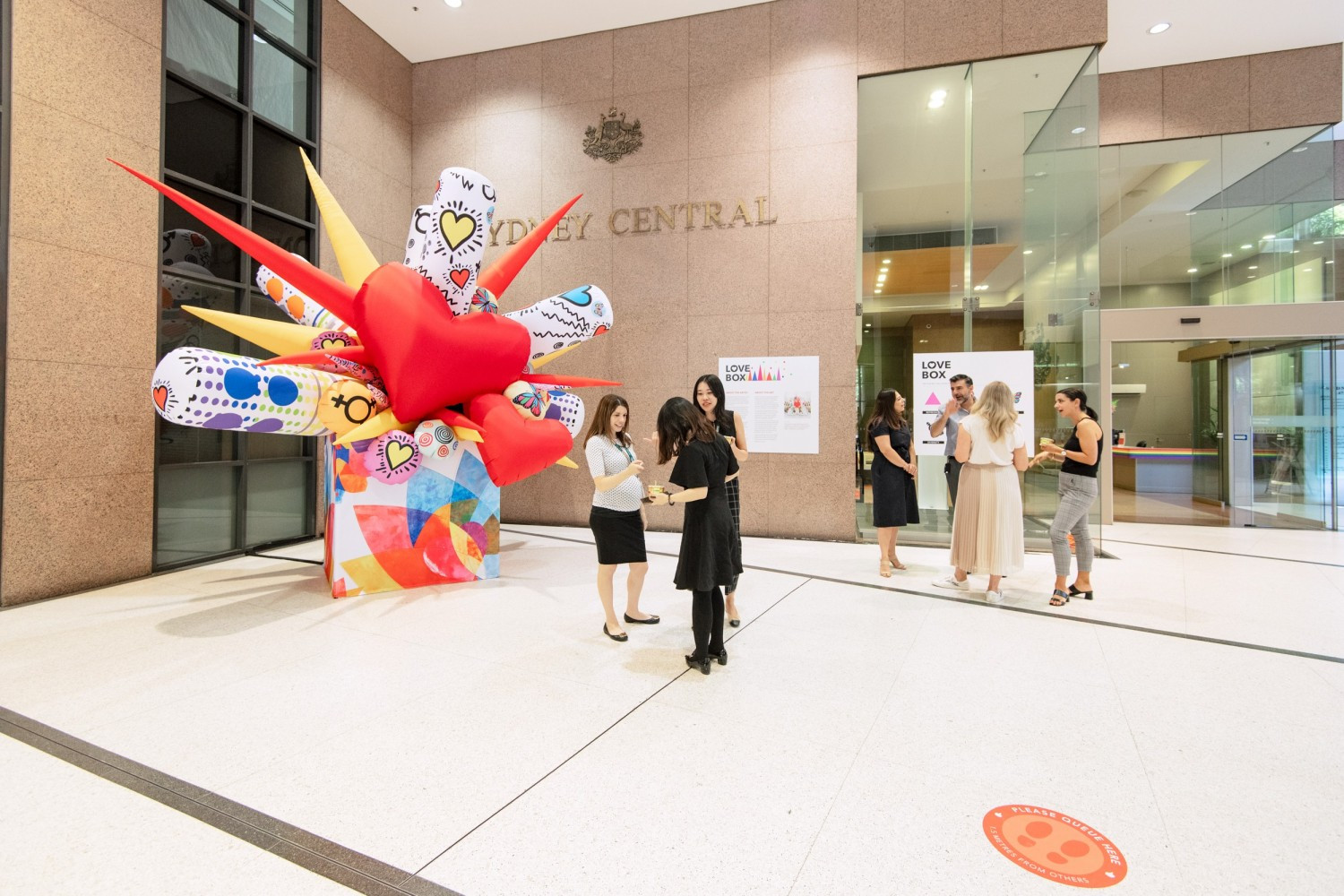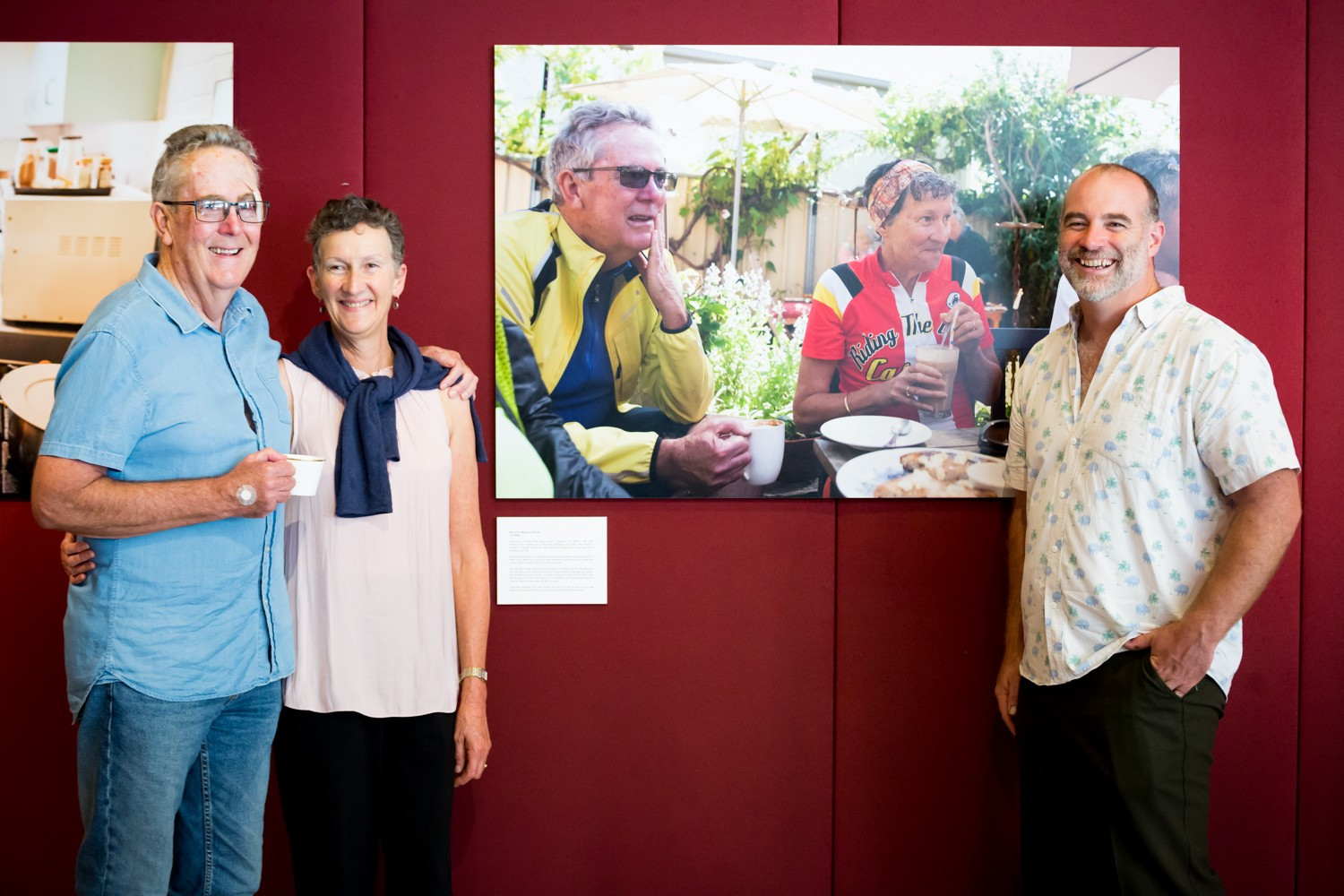
Our art projects nearly always have a sense of community attached whether it be creating community, building an existing community or provoking change or action in a community.
Being Refugee Week, we are reminded of the importance of safety, peace and security as well as the strength, hope and connection that come from the community.
Among many things, a way to connect communities is through art. Maybe building your community or engaging a new one has been on your mind for a while. Art can be the solution to this.
Our projects nearly always have a sense of community attached whether it be creating community, building an existing community or provoking change or action in a community.
Community art projects should always work to benefit the community and leave it better than how it was found- it’s about starting (and finishing) with the right approach for the right reasons and staying true to that community’s concerns and project goals. Here’s how:
Who are the community, and why do you want to engage them?
Perhaps, like the UK’s Streetwise Opera, you want to engage the homeless community through theatre, in order to help participants make positive changes in their lives. Before you do anything, work out a clear goal and demographics of the community you want to reach. Cater for diversity, but with a strong idea of how you can speak to that community.
Choose a project that plays on the imagination of your chosen community
What does your chosen community care about? What are their concerns? One Sydney-based workshop, ‘Welcome Studio’, has identified that their target community – people from refugee backgrounds – want to build connections with the new Australian community they find themselves in. So, ‘Welcome Studio’ has helped people of refugee backgrounds teach art workshops. In this way, they can share their culture and build new connections.
Is the project accessible?
Is taking part in the project accessible to all in your subset? Think about the skills needed, the equipment that needs to be used, and the sensibilities of the participants. This could include less visible accessibility factors – such as computer literacy (e.g. you’re asking people to submit something online), or English literacy (e.g. you’re asking for feedback) which may also be a factor.
Reach out to people
Identify the best approach to reach the people you want to target – make the project not only accessible in its practice, but in its communication. Reach out early, and to the right interest groups by having a mix of social media as well as undertaking consultation with the formal and informal community groups that already exist in this area.
Remember above all else Community-based art projects exist not to use the community, but to benefit them. As long as you remember this, you can create a wonderful project



